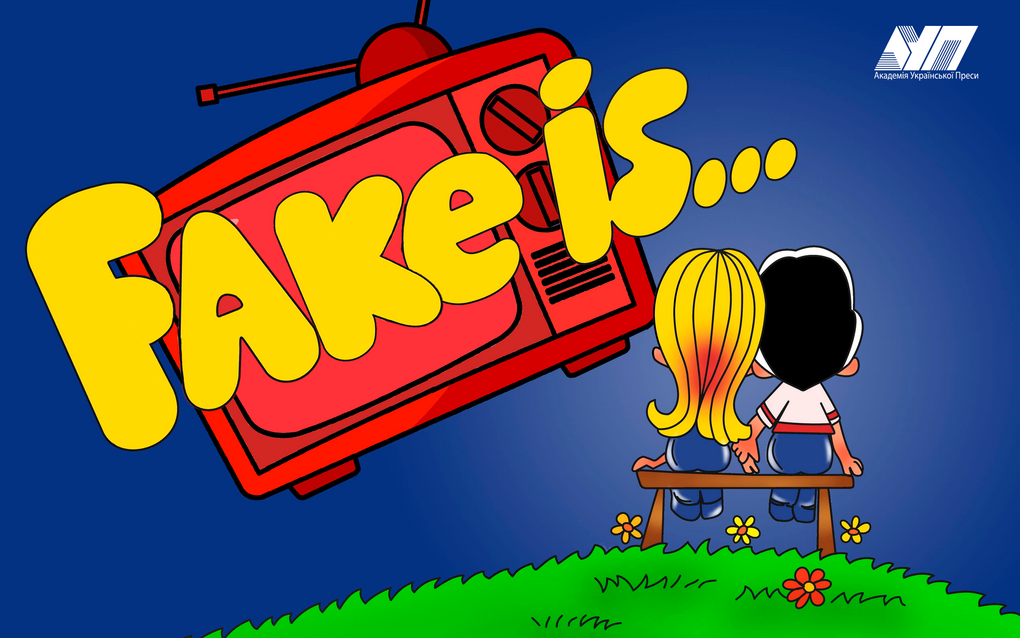
We will divide fakes into popular areas, understand how Russian propaganda affects and works, and immunize you against further information injections. In this way, you can help others not to fall into Russia's false traps.
The propaganda machine works relentlessly and smoothly on all fronts. Propagandists are well aware of the specifics of human psychology and effectively use it to influence consciousness and perception.
Why do people believe fakes?
The peculiarity of the human brain is that it is not a priori rational. A person creates their "subjective social reality" based on their own perception of the external world. This deviation in judgement is called a cognitive bias or distortion. These are illusions by which our brains convince us of something that is not true.
Most fake news and manipulative posts use such cognitive biases, and therefore have a common character:
- emotional presentation of information;
- Constant repetition of the same messages, fakes, using the same definitions and phrases;
- linking fakes to actual news (starting a publication with true data and then stringing manipulative messages that allegedly justify their pseudo-logical connection);
- promoting conspiracy theories to foster distrust of official information and encourage the acceptance of alternative sources;
- fake propaganda messages are picked up and retransmitted by pro-Kremlin bloggers.
It is impossible to know in advance when and where insidious manipulations will appear, which blogger will send a propaganda message, and which media outlet will miss and spread the fake. That is why it is so important to be armed against the main narratives of pro-Russian propaganda, to understand how it works and to provide refutations of fakes to the general public.